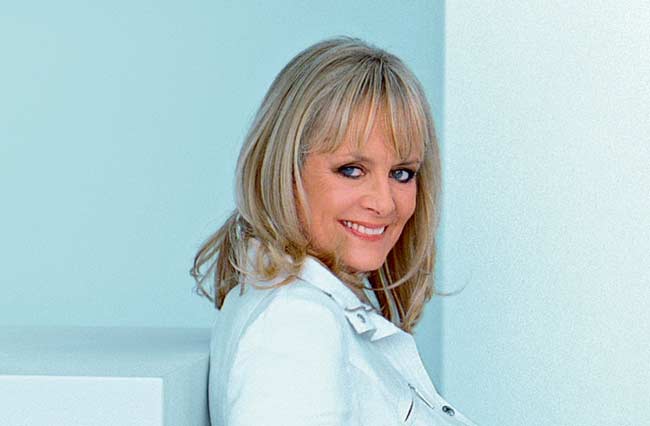The generational divide
Average male life expectancy in the UK is 77. So once Tom, Dick or Harish hits the current state pension age of 65, how many years, on average, are left on the dock? The answer is almost 18. How come?
Life expectancy figures measured from birth must take into account unfortunate infant deaths, accidents in younger years and those who succumb to killer diseases in middle age. Once you isolate a cohort that has already made it into later life, future average lifespan is no longer dampened down by the fates of unlucky ones. For men aged 65 right now, average life expectancy rises to just under 83.
So the government’s move to raise the male state pension age to 66, starting in 2016, impinges on about 6% of average lifespan remaining. Seems reasonable, doesn’t it?
However, unions, charities and many in their late 50s think otherwise. Their banners rail against the unfairness of a law that will make people ‘work until they drop’. Typically, though, people in their sixth and seventh decades don’t drop. They keep on going, which means someone has to keep on paying for their retirements. Who?
The answer is the younger generations, through their tax contributions. These cohorts are already smaller than that of the Boomers heading into their sunset years, which means that the few will have to prop up the many. Those in their 20s, 30s and 40s now, male or female, also face the probability that their own state-funded retirements will be delayed until 70 or later. They will contribute into the system for longer, yet enjoy fewer years of taking back. It’s not hard to guess their reaction to the protest placards.
For marketers, there may be some interesting implications of longer working lives – the need for innovation in work technology, for example, to accommodate the realities of advancing years. A more insidious change, though, could result from the reaction of the younger generations to the weight of their economic responsibilities and the noise of their elders squealing about a little extra work.
A ‘war between the generations’, mooted by Times columnist Anatole Kaletsky, is putting it too strongly; the younger cohort will be too worn down to fight it, and in political battles find themselves outnumbered by a generation with more voting clout.
Smouldering resentment is the more likely mood, as hard-pressed taxpayers in their 20s to 40s fund the expansive leisure years of a lucky generation that missed World War II and led a life described by US writer Anthony DeCurtis as a ‘six-decade party’. Aren’t these the same Boomers who seemed to shrug off chronological age to stay kind of hip throughout by being into current music and consuming youth brands? Suddenly they’re pleading to be accepted as, well, old, because they want to ease up on responsibility for earning.
In this context, cross-generational branding will become a harder trick to pull off. Expect a rougher ride for brands that have taken pride in straddling the generations, which has been such a feature of recent decades.
Successful cross-generational brands such as Virgin, Levi’s and Nike will increasingly need to pick a side. Those that choose to appeal to younger cohorts will need to be unequivocal, showing that they understand both their practical economic struggles, and their emotional need to distance themselves from their elders. Anything that strays across the line and gets adopted by the Boomers will be deemed decidedly uncool.
The following brands are reaping the benefits of appealing across the age divide, but might find themselves having to make a choice bet· ween one side or the other.
M&S has worked hard to ensure its appeal across the age spectrum, using Twiggy (60) and Lizzie Jagger (20) at the time). It should opt for its older heartland.
Apple is a classic brand that is cool whether you are 15 or 50. How will it stop skewing older as the category itself matures? Apple’s product and retail innovation will help, but the challenge will be to keep it coming.
Starbucks is the ‘third place’ for everyone – meet your mum and dad, hang out and do your revision, combine it with a skinny latte and life feels pretty good. The coffee chain may find itself able to keep business coming from across the age divide.

M&S may be forced to focus on older age group
Dove built cross-generational appeal with its ‘Campaign for Real Beauty’. With competition from Soap & Glory at one end and The Sanctuary at the other, it will probably have to choose older.
